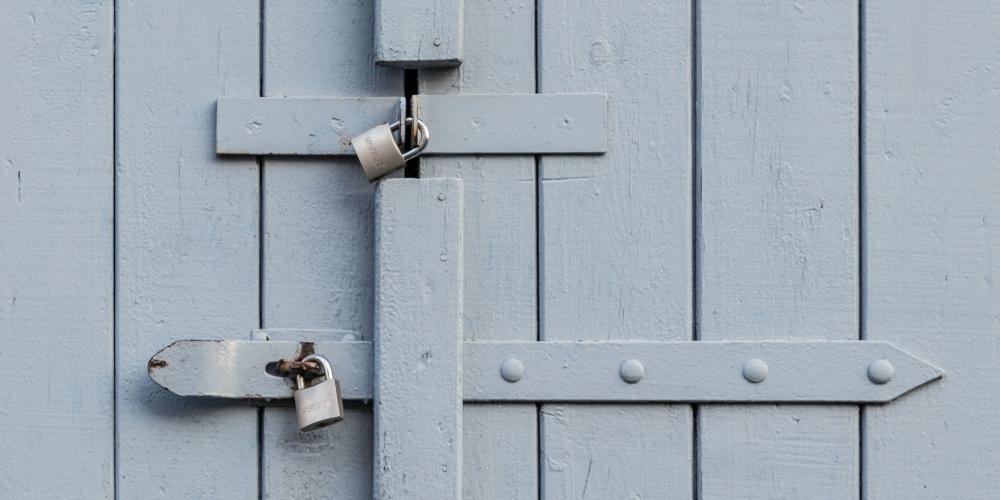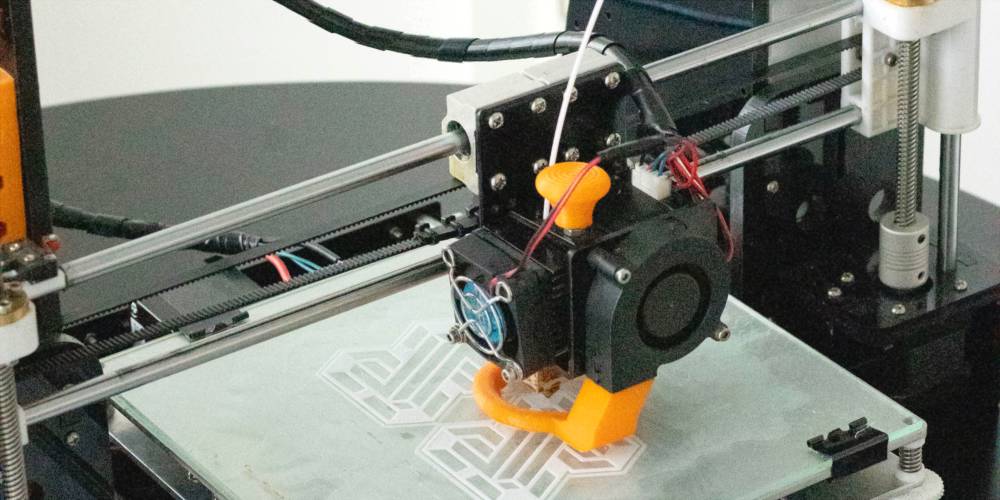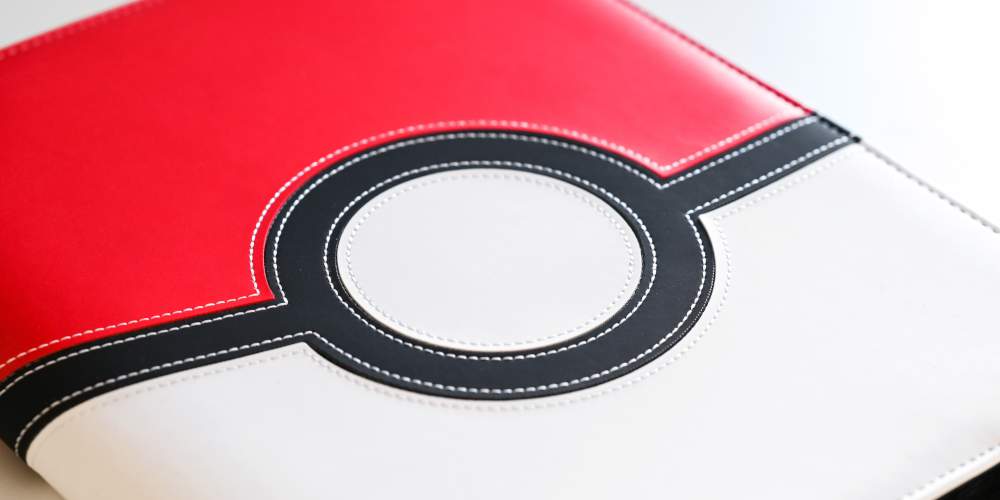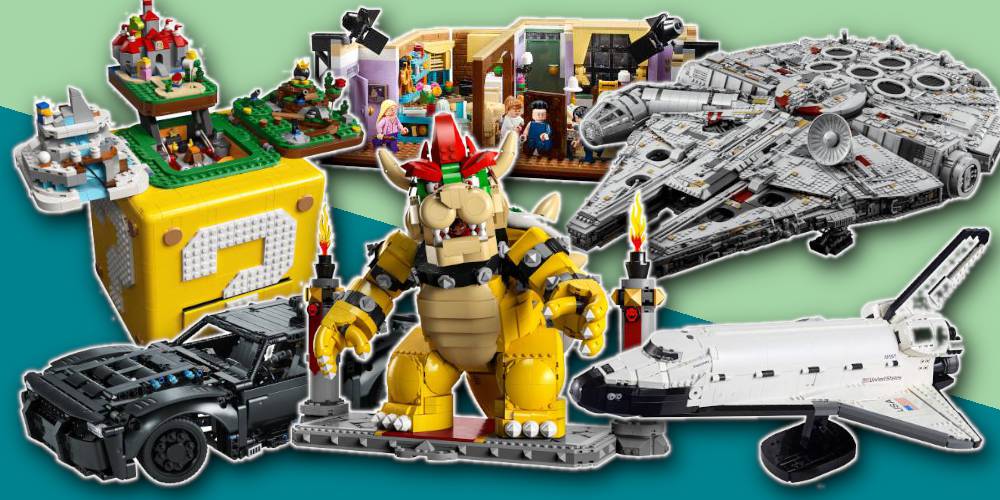1. Examine Everything
This can’t be emphasized enough. Look ateverything, includinginsideandunderandbehind. You never know where a clue might be hiding. But even more important is to study and investigate whatever’s clearly out in the open, hiding in plain sight so to speak. For each object, make a mental note of what it is, how it fits into the greater picture of the escape room’s theme, and look for any special details or markings that may not be immediately obvious. Leave no stone unturned!
2. Know What to Ignore
There is a small corollary to the “examine everything” advice above: just because you find something that looks out of the ordinary doesn’t necessarily mean it’s relevant to the escape room at hand. For example, nonsensical markings in black Sharpie may have been added to that aging bookshelf long before the escape room actually purchased it from the local thrift shop.
3. Think in Phases
Most escape rooms are designed in “phases,” meaning you’ll need to solve one portion of the escape room to obtain the information you need to solve another portion. When you first enter, you might see multiple puzzles scattered throughout—lockboxes, combo locks, inaccessible drawers, etc.—but there will usually be one key clue to start you off. Figure out which puzzle that clue solves. It’s safe to assume that solvingthatpuzzle will lead toanotherclue, which opens up thenextphase of the escape room.
4. Avoid Tunnel Vision
In more difficult escape rooms, you may encounter a clue early on that isn’t immediately relevant to any particular puzzle before you. If you can’t figure out what something does, it’s OK to take a break and set it aside. Look for other clues and try to unlock the next phase some other way, then come back to it. Spending too much time on one clue may set you back quite a bit, especially if it turns out that the “clue” wasn’t a clue all along.
5. Retrace Your Steps
Any time you discover something new and it isn’t immediately obvious how it fits into the current phase, think about how it might fit with something from a previous phase that seemed pointless or irrelevant at the time. The more involved escape rooms will often require that you make mental connections across phases.
Similarly, when you’re stuck, return to the most recent discovery you made (i.e. the most recent phase you unlocked) and try to approach it from a different angle. For example, in one of my recent escape rooms, we unlocked a table drawer that had some items in it plus a message written on the drawer itself: “I AM NOT ALONE.” At first we thought it meant that the skeleton hanging in the corner wasn’t “alone” and we scoured the room for a second skeleton, but eventually realized that it meant thedrawerwasn’t alone. Yep, the table actually had a secret second drawer!
6. Communicate and Participate
Make sureeveryoneknows aboutallclues as they’re discovered. Whenever you solve a puzzle, it’s helpful to announce what you did to solve it and the logic that brought you to that solution. And don’t be shy! When new discoveries are announced, speak up and share your thoughts on how you think those clues might be relevant to aspects of the room. It only takes one person thinking outside the box to solve unconventional puzzles, and that person could very well be you.
7. Put Yourself in the Designer’s Shoes
Don’t forget that every escape room was designed bysomeone. Whenever you discover something that could be a clue, always ask yourselfwhythe designer gave you that piece of information at that phase of the room. The best escape rooms are the ones where you can see the designer’s handprints through every phase, and it’s extremely satisfying when you can decipher their thought process.
8. Keep “Used” and “Unused” Piles
For the most part, every clue in an escape room is only used once. Unless the room has a notoriously difficult rating, it’s safe to assume that once you’ve “used” something (e.g. a key, a picture, a particular combo lock pattern), you won’t need to use it again—so set it aside in a “used” pile and focus on the potential clues that still haven’t been used to solve anything.
9. Brute Force Combo Locks
Suppose there’s a lockbox that’s protected with a four-digit combo lock, and you’re certain you know three of the four digits. If you’re running low on time, you can “skip” ahead by inputting the three digits you know and then cycling through each possible fourth digit. This isn’t exactly cheating, but you may miss out on a segment of the escape room’s experience, so I only recommend doing it when you’re in a time crunch and youreallywant to win.
10. Don’t Outthink Yourself
Pretty much all escape rooms, even the difficult ones, are designed to be solvable by ALL skill levels. Think outside the box, but don’t try to be too clever. When in doubt, always opt for simple and straightforward answers to puzzles, and try not to outthink yourself. Along similar lines, everything you need to escape the room will be available in the room itself, and you’ll never need to rely on outside information.
Escape Rooms Are Mental, Not Physical!
Never use brute strength to access anything in an escape room. If you need to force it, you probably haven’t arrived at the proper solution.
It’s OK to ask for hints when you’re stuck, and it’s OK to lose. You don’t need to win to have fun. Enjoy escape rooms for what they are: an immersive puzzle experience that’s all about discovery and investigation.
The journey to opening the door is more important than the opening of the door.



![]()
























